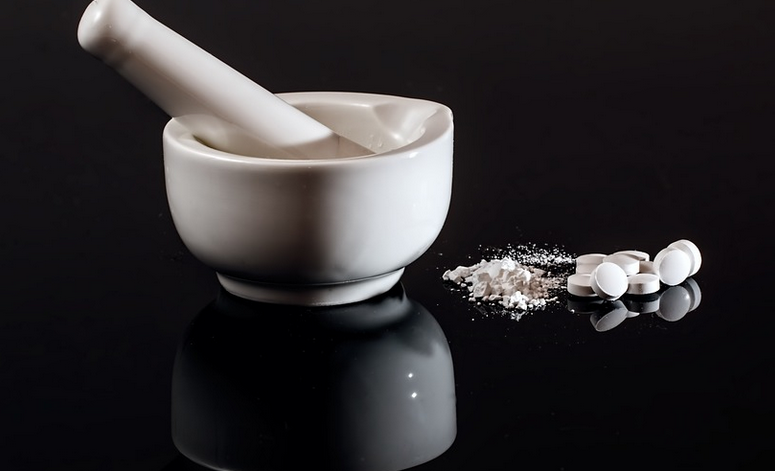Introduction
Potassium is an essential mineral that helps regulate the fluid and electrolyte balance in your body. However, too much potassium can be harmful, especially if you have kidney disease or are taking certain medications. In this article, we will discuss what foods to eat if your potassium is high.
1. Low-Potassium Fruits
Fruits are generally high in potassium, but some are lower in potassium than others. Examples of low-potassium fruits include apples, berries, grapes, and peaches. These fruits can be enjoyed in moderation as part of a healthy diet.
2. Vegetables
Vegetables are an excellent source of nutrients, including potassium. However, some vegetables are higher in potassium than others. Examples of low-potassium vegetables include cucumber, lettuce, and bell peppers. These vegetables can be eaten raw or cooked and added to salads, sandwiches, or stir-fries.
3. Grains and Cereals
Grains and cereals are also a good source of nutrients, but some are higher in potassium than others. Examples of low-potassium grains and cereals include white rice, pasta, and bread. These foods can be enjoyed as part of a healthy diet but should be consumed in moderation.
4. Dairy Products
Dairy products are an excellent source of calcium and other nutrients, but some are higher in potassium than others. Examples of low-potassium dairy products include cream cheese, butter, and sour cream. These products can be used in moderation as part of a healthy diet.
5. Protein Sources
Protein is an essential nutrient that helps build and repair tissues in your body. However, some protein sources are higher in potassium than others. Examples of low-potassium protein sources include chicken, fish, and eggs. These foods can be enjoyed as part of a healthy diet but should be consumed in moderation.
6. Herbs and Spices
Herbs and spices are an excellent way to add flavor to your food without adding extra potassium. Examples of low-potassium herbs and spices include basil, parsley, and garlic. These herbs and spices can be added to your food as a seasoning or used to make sauces and marinades.
7. Beverages
Beverages are an essential part of a healthy diet, but some are higher in potassium than others. Examples of low-potassium beverages include water, tea, and coffee. These beverages can be enjoyed in moderation as part of a healthy diet.
8. Snacks
Snacks are an excellent way to satisfy your hunger between meals, but some snacks are higher in potassium than others. Examples of low-potassium snacks include popcorn, rice cakes, and pretzels. These snacks can be enjoyed in moderation as part of a healthy diet.
9. Limit High-Potassium Foods
In addition to eating low-potassium foods, it is also important to limit high-potassium foods. Examples of high-potassium foods include bananas, avocados, and potatoes. These foods should be consumed in moderation or avoided altogether if your potassium levels are high.
10. Conclusion
In conclusion, if your potassium levels are high, it is essential to eat a healthy diet that includes low-potassium foods. These foods include low-potassium fruits, vegetables, grains and cereals, dairy products, protein sources, herbs and spices, beverages, and snacks. Additionally, it is important to limit or avoid high-potassium foods to maintain a healthy potassium balance in your body.

